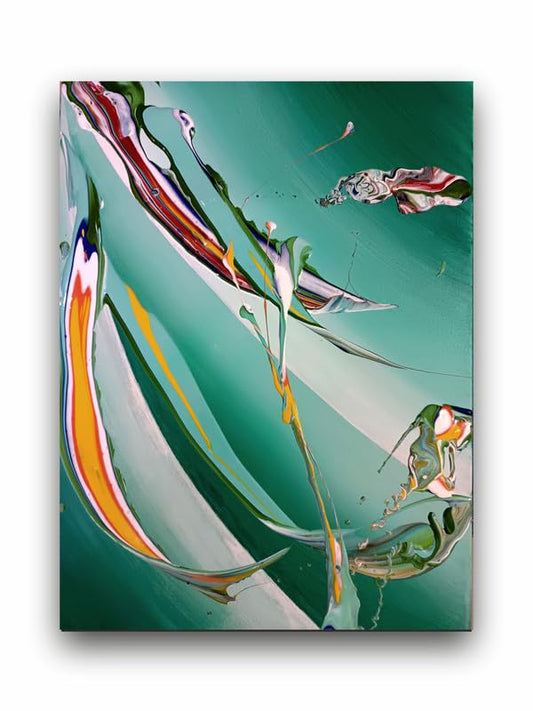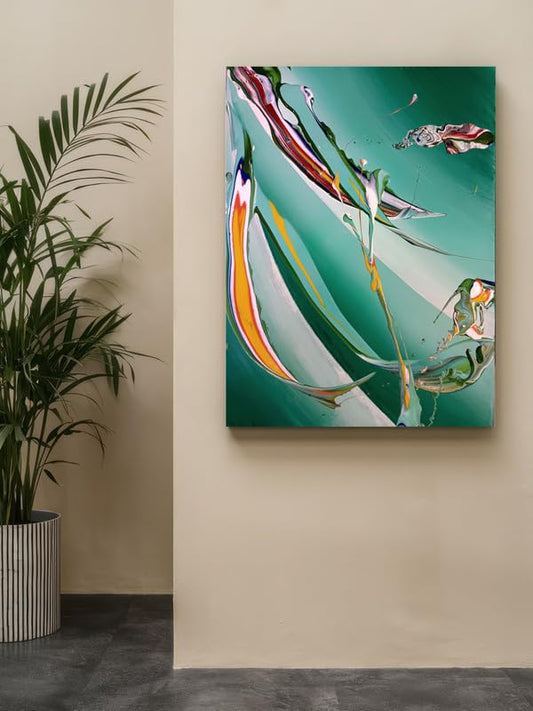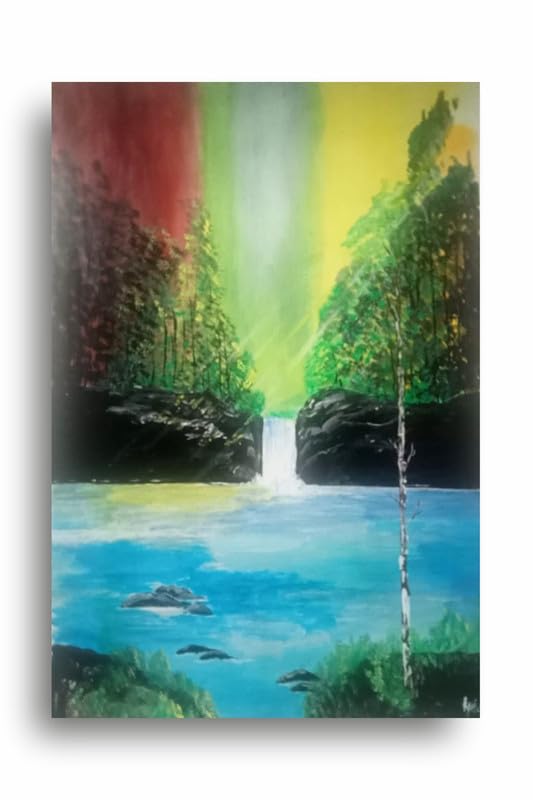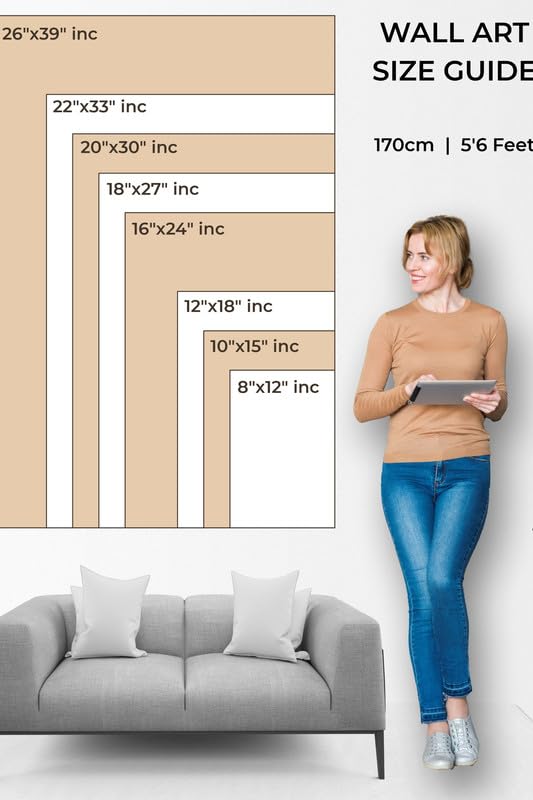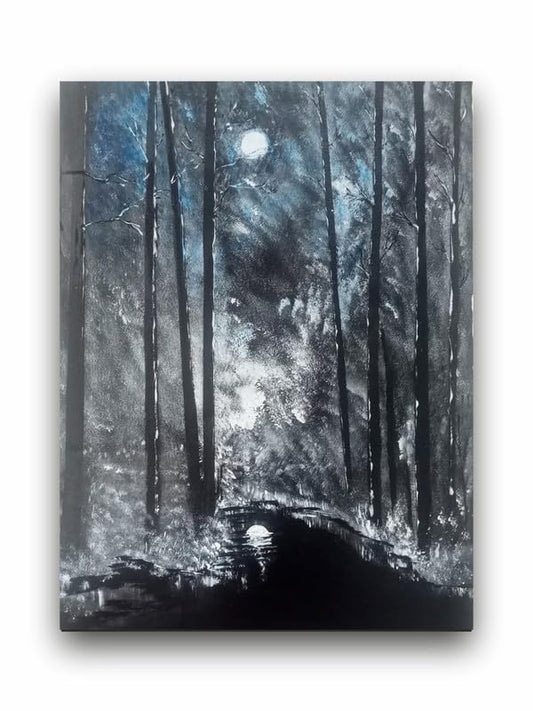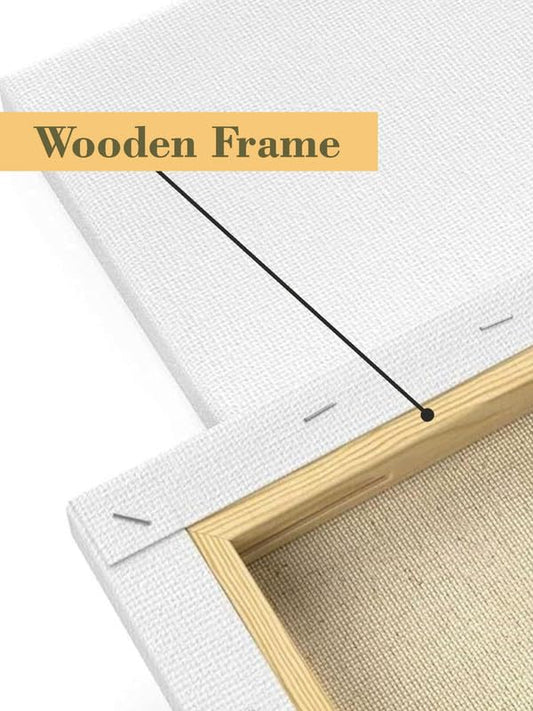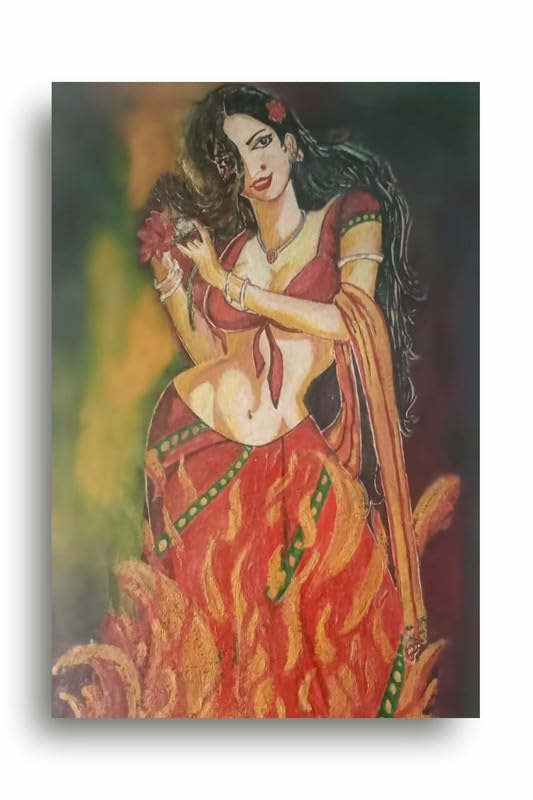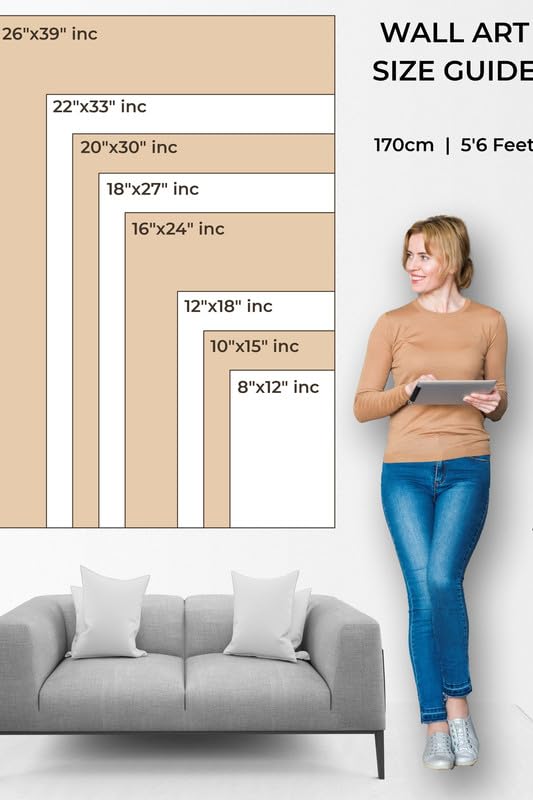
Role of Color Gradients in Modern Art Techniques
Role of Color Gradients in Modern Art Techniques
Color gradients have only recently been possible through modern art, at least so much as the creations of the artists concerned and the perception of the viewers. A gradient can be described simply as a gradual transition from one color to another, thus the smooth blending and movement of colors toward an artistic depiction. In this modern art, not as it were aesthetic choices, these color transitions are a heavy tool for storytelling, free expression, and experimentation.
Emotion and Depth
Colour gradients have been the most important function of color gradients in modern art when it comes to enhancing emotion depth. The artists use gradients in a way that produces atmospheres that appeal to the subconscious mind of viewers. For example, warmth can be produced by the transition from the warm oranges and reds towards cool blues.
Color Gradients and More Visual Interest
While color gradients elicit emotion, these gradients also add some visual interest and complexity to the work of art. Rather than just relying on solid colors, artists can create dynamic compositions by layering gradients. This could create an effect of movement and flow in a piece, moving the eye of the observer across the canvas. Abstract painters like Mark Rothko applied color gradients for big fields of colour in order to offer an impression of change so that those viewers are less conscious. Technical Innovations in Art
Digital art also opened the field of color gradients in modern techniques. Therefore, Digital tools enhance an artist's ability to experiment with gradient changes and color blends because they are not as easily possible with traditional mediums. For instance, through the software Adobe Photoshop and Procreate among others, artists have a wide range of color but smoothes transitions of colors. This technology inspires innovative behaviors, paving the way for artists to come up with novel gradients in unexpected ways, such as animation or interactively.
Crossing Boundaries between Tradition and Modern Techniques
Color gradients are interesting since they bridge traditional and modern techniques in art. Most of the traditional artists have included gradients in their various pieces of work, combining classic painting styles together with modern approaches. For instance, the impressionist artists like Claude Monet used the gentle color transition for the outline of light and shadows- this is a stylistic feature that modern artists implement in a new manner and have developed new masterpieces. The contrast between new and old highlights how color gradients can be detached from their time and styles, which makes them an important element of modern artistic expression.
Conclusion
In a nutshell, colour gradients serve a complex role in modern techniques of art. They add depth to emotions, visual interest, and technological advances while helping bridge the traditional and contemporary practices into finer works. As artists continue to explore the limitless possibilities of color gradients, we can expect to see even more exciting and challenging art that will change our perceptions and enhance our understanding of art. Whether on digital or painting media, color gradients make for undeniable impacts, thus an intrinsic feature of modern artistic expression.
Role of Color Gradients in Modern Art Techniques

